When talking about prosthetics and artificial limbs, it’s important to note the differences between the various types and their specific uses. It is important to distinguish between prosthetics and artificial legs when discussing prosthetics and artificial arms. There are usually four main types to consider: transradial, transfemoral, transtibial, and transhumeral. There are four types of prosthetics to be aware of: transradial (transfemoral), transtibial (transhumeral), and transfemoral (transradial). However, other prosthetics can be used in certain conditions. Other prosthetics may be used for certain conditions. We’re here to explain what these prosthetic devices do and how they work. We will explain the prosthetic devices and their working principles.
Transradial Transradial
A transradial prosthesis is an artificial arm that attaches below the elbow. Transradial prosthesis refers to an artificial arm that attaches below your elbow. A passive device of the sort serves strictly cosmetic purposes. This type of device is only cosmetic. The opposite is an active prosthesis, which comes in two forms. An active prosthesis is available in two versions. A cable-operated prosthetic device works using a harness that connects to the affected shoulder and the other arm, allowing the user to control the movement manually. The cable-operated prosthetic device uses a harness that attaches to the affected arm and the other arm. This allows the user to manually control the movement. A myoelectric prosthetic implant detects muscle movement in the upper arm via specialized sensors and moves the prosthesis, including opening and closing the hand. Myoelectric prosthetic implants detect muscle movement in the upper arms via special sensors and move the prosthesis, opening and closing the hands.
Transhumeral Transhumeral
A transhumeral prosthesis is an artificial arm that connects to the body above the elbow but below the shoulder. Transhumeral prosthesis refers to an artificial arm that attaches to the body at the elbow, but below the shoulder. A transhumeral limb is more complicated than a transradial prosthesis due to a missing elbow, making movement more challenging and complex to compensate for. Transradial prosthesis are simpler than transhumeral prostheses because of a missing elbow. This makes it more difficult to move and more complex to compensate. Transhumeral prosthetic devices can also be active and passive. Active and passive transhumeral prosthetic devices are also possible. Most modern active transhumeral prostheses use myoelectric sensors or a combination of sensors and cables to move the artificial limb. Modern active transhumeral prostheses are based on myoelectric sensors, or a combination thereof. These sensors allow the artificial limb to be moved by cables.
Transtibial Transtibial
A transtibial prosthesis is an artificial leg below the knee. Transtibial prosthesis refers to an artificial leg that is below the knee. Since the knee allows for a lot of movement without assistance, the prosthesis’s primary function is to distribute weight accordingly and provide comfort. The prosthesis allows for great movement and comfort, as the knee allows for free movement. Patients need to be rehabilitated on walking with a transtibial prosthesis since the artificial foot usually doesn’t move. Since the prosthesis is usually not mobile, patients must be trained to walk with it.
Transfemoral Transfemoral
A transfemoral prosthesis is often the most challenging of the four main types. The most difficult of the four main types is the transfemoral prosthesis. It replaces a missing leg above the knee. It replaces the missing leg above and below the knee. The artificial knee joint is controlled by hip motion, thus heavily influenced by the strength of the residual limb. The hip motion controls the artificial knee joint and is heavily influenced in part by the strength of residual limb. A transfemoral prosthesis usually allows for seemingly normal movement and function after a lengthy rehabilitation process. After a long rehabilitation process, a transfemoral prosthesis can allow for normal movement and function. A proper socket fit is essential to ensure comfort and stability. To ensure stability and comfort, a proper socket fit is crucial.
Other prosthesis types Other types of prosthesis
Prosthetists can also replace missing hands and feet with partial prosthetics, which can also be active or passive depending on the needs and the budget. Partial prosthetics are also available to replace the hands or feet of those who have lost them. These can be active or passive, depending on the need and the budget. Active artificial hands are challenging to manufacture due to varying levels of injury and missing fingers. Because of the difficulty in manufacturing active artificial hands, there are varying degrees of injury and missing fingers. Not all patients are suitable recipients for an artificial hand, and a qualified medical professional needs to assess them to ensure they can be fitted with the best prosthesis. Some patients may not be suitable for artificial hands. A qualified medical professional must assess each patient to determine if they are eligible.
Another type of artificial arm includes a body-powered arm attached to the remainder of the shoulder with a harness. A body-powered arm can be attached to the rest of the arm with a harness. It works similarly to a transhumeral prosthesis, with the patient’s other shoulder motion manipulating the artificial limb. It functions in the same way as a transhumeral prosthesis. The artificial limb is controlled by the patient’s shoulder motion.
Other prosthetic implants can have a purely cosmetic function. Others prosthetic implants may have a cosmetic function. These can include artificial eyes, fingers, noses, and more. These include artificial eyes, fingers and noses.
Prosthetics have developed significantly with technological improvements. Technological advances have made prosthetics more advanced. New advancements allow for prostheses that have improved range of motion and integrate more seamlessly with the body. Prostheses can now be designed to work more closely with the body and have a greater range of motion.


